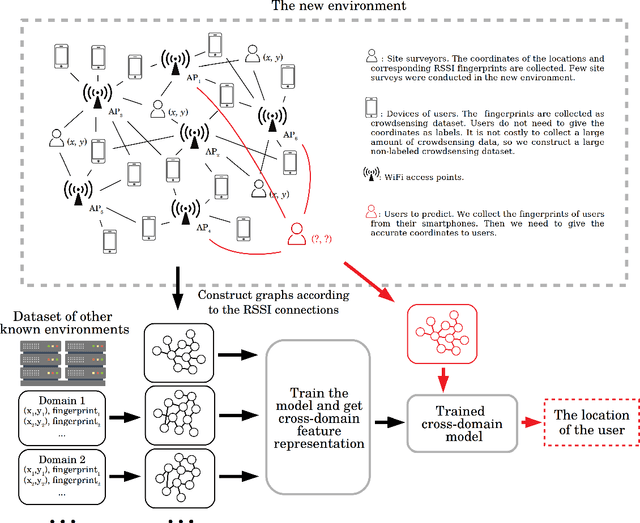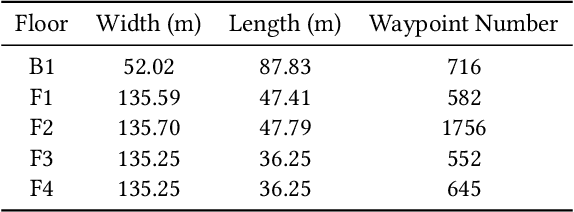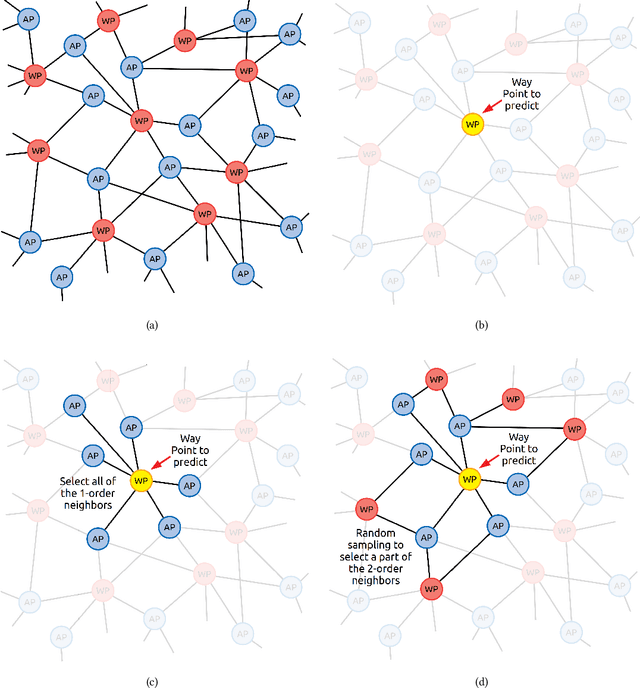Mingxin Zhang
SGA-INTERACT: A 3D Skeleton-based Benchmark for Group Activity Understanding in Modern Basketball Tactic
Mar 09, 2025Abstract:Group Activity Understanding is predominantly studied as Group Activity Recognition (GAR) task. However, existing GAR benchmarks suffer from coarse-grained activity vocabularies and the only data form in single-view, which hinder the evaluation of state-of-the-art algorithms. To address these limitations, we introduce SGA-INTERACT, the first 3D skeleton-based benchmark for group activity understanding. It features complex activities inspired by basketball tactics, emphasizing rich spatial interactions and long-term dependencies. SGA-INTERACT introduces Temporal Group Activity Localization (TGAL) task, extending group activity understanding to untrimmed sequences, filling the gap left by GAR as a standalone task. In addition to the benchmark, we propose One2Many, a novel framework that employs a pretrained 3D skeleton backbone for unified individual feature extraction. This framework aligns with the feature extraction paradigm in RGB-based methods, enabling direct evaluation of RGB-based models on skeleton-based benchmarks. We conduct extensive evaluations on SGA-INTERACT using two skeleton-based methods, three RGB-based methods, and a proposed baseline within the One2Many framework. The general low performance of baselines highlights the benchmark's challenges, motivating advancements in group activity understanding.
Domain Adversarial Graph Convolutional Network Based on RSSI and Crowdsensing for Indoor Localization
Apr 06, 2022



Abstract:In recent years, due to the wider WiFi coverage and the popularization of mobile communication devices, the technology of indoor positioning using WiFi fingerprints has been rapidly developed. Currently, most supervised methods need to collect a large amount of data to construct fingerprint datasets, which is labor-intensive and time-consuming. To solve the problem, we proposed a novel WiDAGCN model that can be trained with a few labeled site survey data and unlabeled crowdsensing WiFi fingerprints. To comprehensively represent the topology structure of the data, we constructed heterogeneous graphs according to the received signal strength indicators (RSSIs) between the waypoints and WiFi access points (APs). We focus on the graph convolutional network (GCN) method and the representation of graph-level features, which were rarely involved in previous WiFi indoor localization studies. Then, we try to minimize the difference between the source and target domains and make full use of the unlabeled data in the target domain using the domain adversarial training scheme. A public indoor localization dataset containing different buildings was used to evaluate the performance of the model. The experimental results show that our system can achieve a competitive localization accuracy in large buildings such as shopping malls.
 Add to Chrome
Add to Chrome Add to Firefox
Add to Firefox Add to Edge
Add to Edge